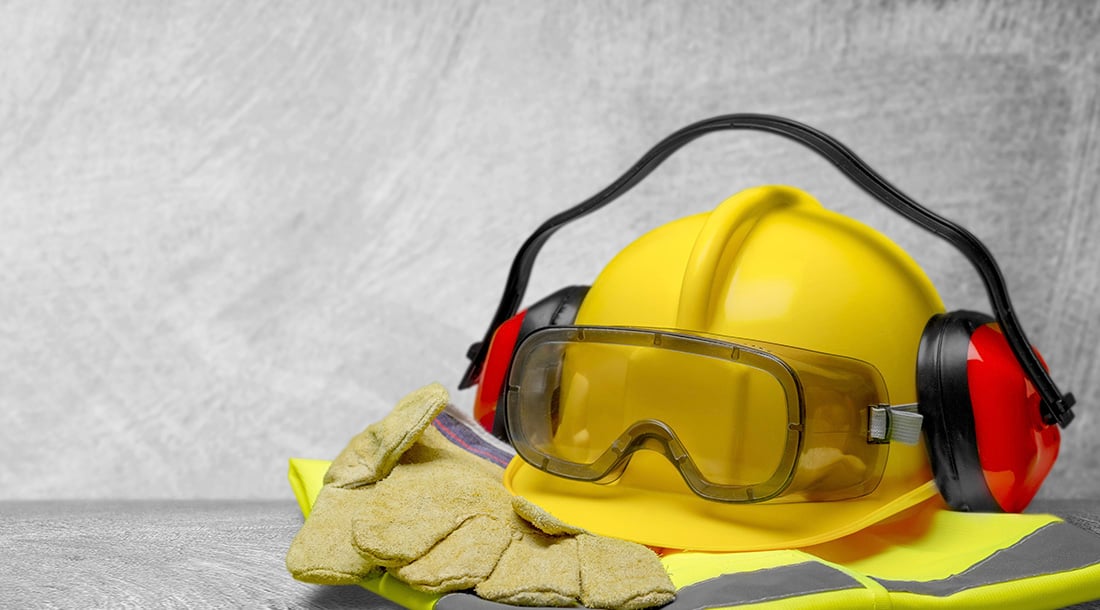
Electrical Safety PPE Checklist for Electricians
Ask any electrician what the most essential part of the job is, and they’re likely to mention safety. Protecting oneself and others from electrical hazards is a big part of what makes electrical work such a demanding field. Personal Protective Equipment (PPE) is vital for maintaining proper electrical safety protocols.
Why is Electrical PPE Important?
A report by the Electrical Safety Foundation International (ESFI) reveals that 44% of electrical fatalities from 2003-2020 involved workers in construction or extraction environments, with 20% from individuals involved with maintenance, installation, or repair.
Shock, arc flashes, and burns are just a few of the electrical hazards electricians face in the field. PPE serves as a first line of defense, effectively preventing or minimizing the effects of these hazards when used correctly. So, what PPE equipment do electricians need to use?
Specialized PPE For Electrical Hazards
Electricians require the same types of PPE as many workers, including head, face, eye, ear, extremity, and body protection, as well as specialized PPE designed specifically to protect against electrical hazards. Let’s look at both general and specialized PPE used by electricians to protect against the following serious electrical hazards.
Electrical Contact: In the event of electrical contact, where a current could flow through a worker’s body, insulated safety shoes and rubber mats can be the difference between minor and severe or mortal injury.
Shock: For protection against shock, electricians should make use of rubber-insulated gloves and shoes. Rubber mats and appropriately voltage-rated tools are also helpful when working with electrical systems.
Burn and Arc Flash: Electricians will want to utilize flame-resistant clothing and arc flash suits when working in environments with these electrical hazards. When used properly, these protective garments can significantly mitigate the severity of burns and arc flash injuries.
How To Choose the Right PPE
When considering PPE options, electricians must assess the nature of the work and the environment in which it will be carried out to make the right decision about protective equipment. Considering possible hazards and understanding the voltage levels involved in the work is often the first step in understanding what types of PPE are needed for a job. Next, electricians should familiarize themselves with any safety or regulatory standards that apply to the worksite to ensure that prospective protective equipment meets them.
Once these steps are completed, they’ll want to acquire and familiarize themselves with donning and doffing procedures and care instructions to ensure the proper use and longevity of the equipment, as well as with indicators that it's time to replace the PPE.
Crescent Has You Covered
Here at Crescent, the safety and well-being of our customers is paramount. We recognize the need for reliable, high-quality electrical PPE, and we’re proud to offer state-of-the-art protective equipment from outstanding manufacturers like Eaton Bussmann, LH Dottie, and 3M. Be sure to visit our Safety and Security hub to learn more about how we can help you stay safe on the job.